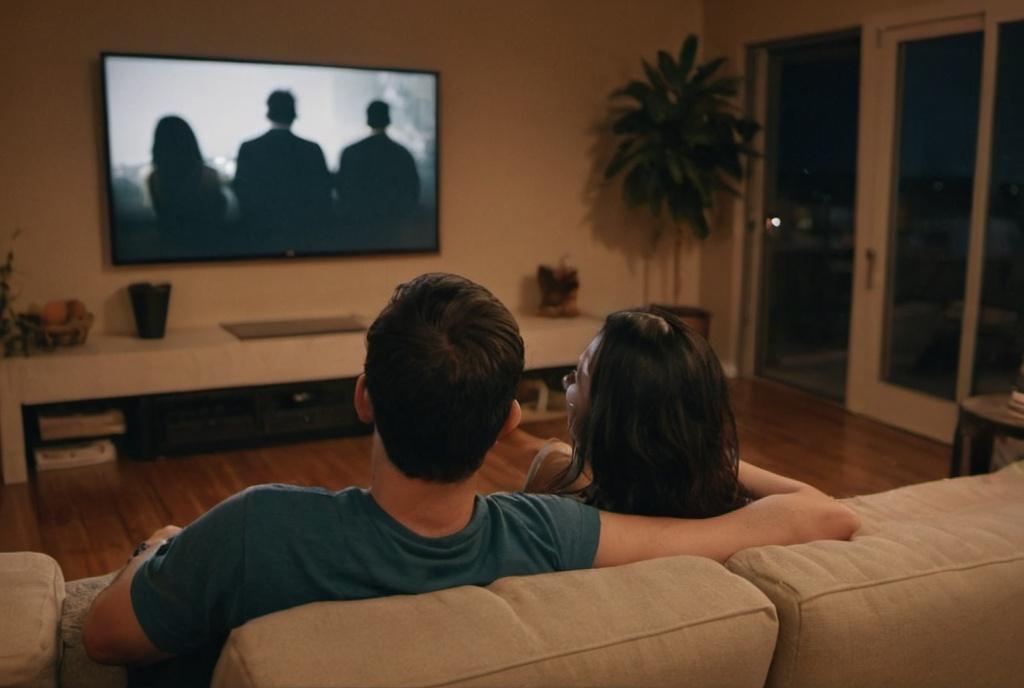
Key Take Aways About costume design for characters
- Costume design subtly shapes audience perceptions and enhances character development.
- Sets the story’s context and mood; balances historical accuracy with creative liberties.
- Color psychology enhances emotional and thematic storytelling.
- Budget constraints affect creativity; sustainable fashion rises to reduce costs and impact.
- Costumes aid marketing and brand synergy, creating additional revenue streams.
- Modern challenges include digital collaborations and innovative materials.
- Designers balance aesthetics with practicality for actor comfort and performance.

The Role of Costume Design in Character Development
Costume design is like the unsung hero in the process of character development in cinema. You may not notice it right off the bat, but it’s there, sneaking into your subconscious, shaping your perception of the characters on screen. Imagine watching “The Matrix” with Neo dressed in Hawaiian shirts. Not quite the same intensity, right?
Setting the Scene with Costumes
From historical dramas to futuristic sci-fi, costume design sets the mood and helps the audience understand the context. It’s like a visual shorthand that immediately tells you what kind of story you’re entering. In “Mad Max: Fury Road,” the gritty, patched-together outfits speak volumes about the harsh, post-apocalyptic world without a single word needed.
Historical Accuracy vs. Creative License
Sometimes filmmakers strive for pin-point historical accuracy, while other times they take creative liberties. In period pieces like “Pride and Prejudice,” meticulous attention to detail is given to accurately reflect Regency-era fashion. On the flip side, “Marie Antoinette” toyed with anachronism, incorporating modern elements to enhance the film’s fresh, youthful vibe.
The Subtle Art of Color Psychology
Colors are not just colors; they’re emotions, status indicators, and symbolisms. In “The Wizard of Oz,” Dorothy’s blue and white dress conveys innocence and purity amidst the colorful chaos of Oz. Similarly, the use of deep reds in “Schindler’s List” serves as a poignant reminder of innocence lost during the Holocaust.
The Financial Implications of Costume Design
Behind every stunning on-screen outfit is a budget that dictates just how far the creativity can stretch. Costume design, while a crucial part of production, often has to work within the constraints of financial practicalities.
Budgeting and Resource Allocation
Balancing the budget between costume design and other production facets is a tricky affair. Period films, with their elaborate and often expensive costumes, need careful financial planning. Likewise, films with a large ensemble cast, like “The Lord of the Rings,” require a significant allocation of the budget to costume design to ensure consistency and quality across the board.
The Rise of Sustainable Fashion
With growing awareness of environmental issues, there’s a shift in the industry toward sustainable fashion choices. Films like “Mamma Mia! Here We Go Again” incorporate vintage or sustainably sourced fabrics, not only to cut costs but also to reduce their environmental footprint.
Costumes and Marketing Synergy
Costumes have a life beyond the film, contributing to merchandising and branding. Iconic outfits, like Darth Vader’s helmet or Indiana Jones’ fedora, have become synonymous with the characters and the brands behind them. This synergy creates additional revenue streams and marketing opportunities, further emphasizing the costume’s significance.
Challenges and Innovations in Modern Costume Design
Modern costume designers face a set of unique challenges as the film industry evolves. Meeting the demands of increasingly diverse scripts and production styles requires both creativity and technical prowess.
The Digital Influence
With the advent of CGI, costume designers now collaborate more closely with digital artists. In films like “Black Panther,” costumes combine intricate design with digital enhancements to create visually stunning effects, blending the line between reality and animation.
Innovative Materials
The use of new materials, like 3D-printed fabrics, is pushing the boundaries of what costumes can look like and do. These innovations allow designers to create more elaborate costumes that were previously unimaginable.
Practicality Over Glamour
Designers also have to balance visual appeal with the actor’s comfort and the practical requirements of the filming process. A costume that looks spectacular but restricts movement or causes discomfort could impact an actor’s performance.
Conclusion
Costume design is an essential, albeit often overlooked, component of filmmaking that brings characters to life and immerses audiences in the story. From shaping the narrative to influencing the film’s financial outcomes, its role is indispensable. As the film industry continues to evolve, the future of costume design promises even more exciting innovations and challenges, ensuring that this silent storyteller continues to captivate audiences worldwide.



